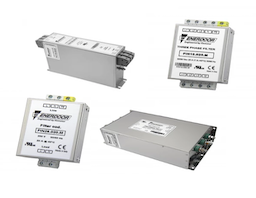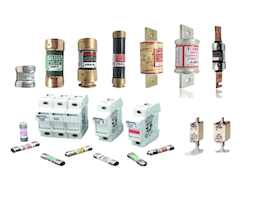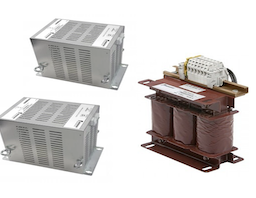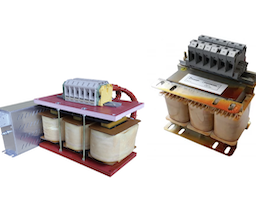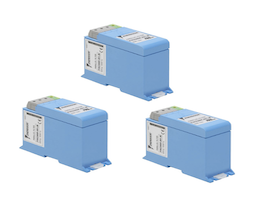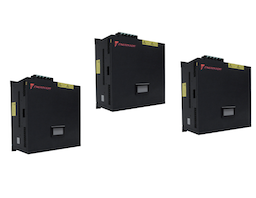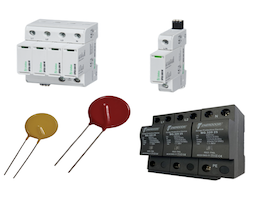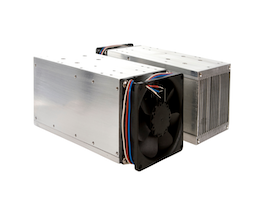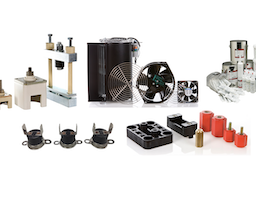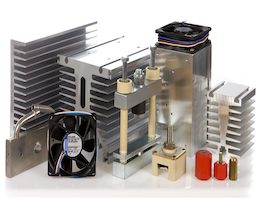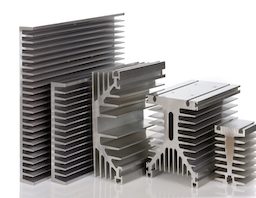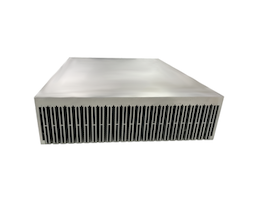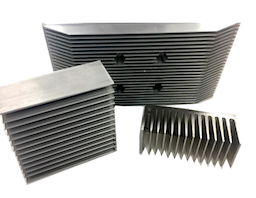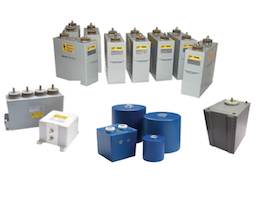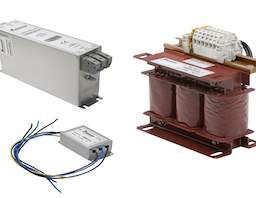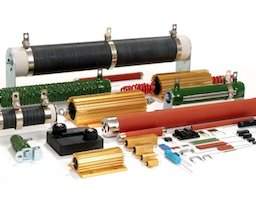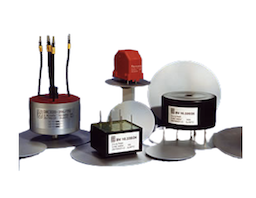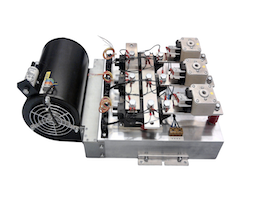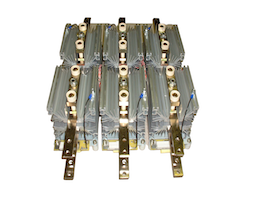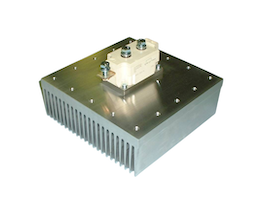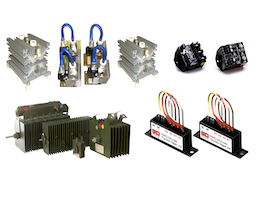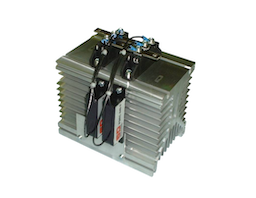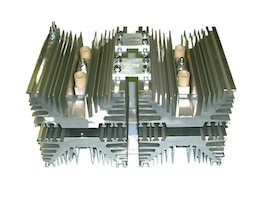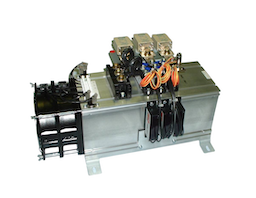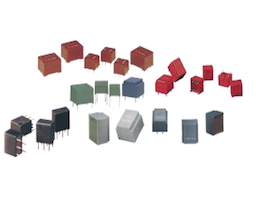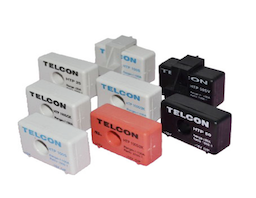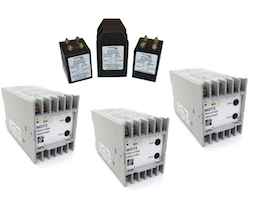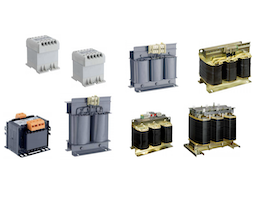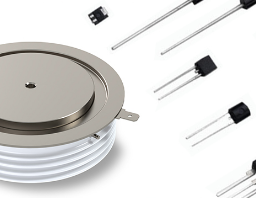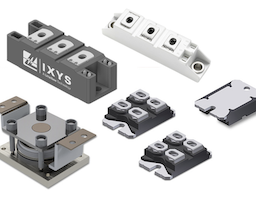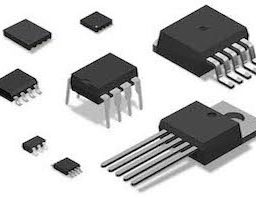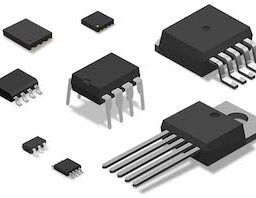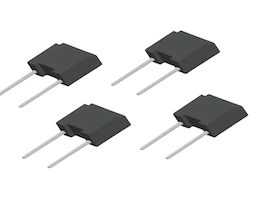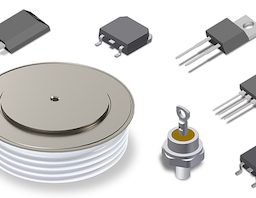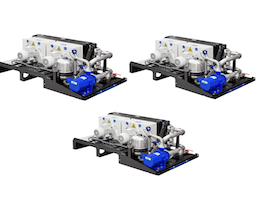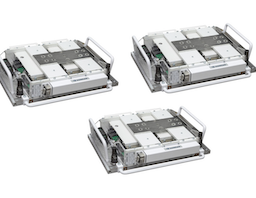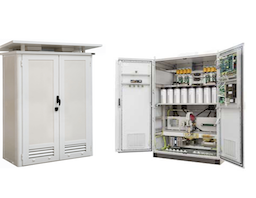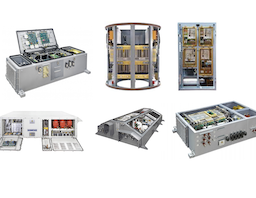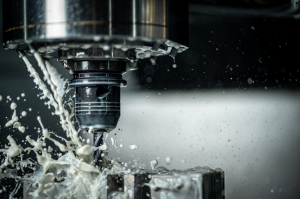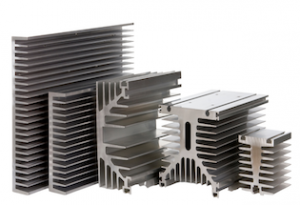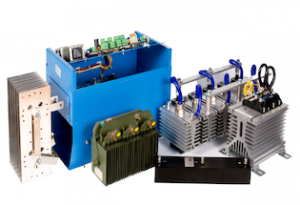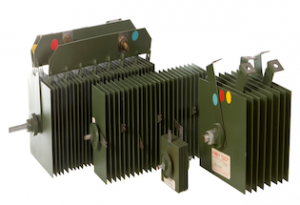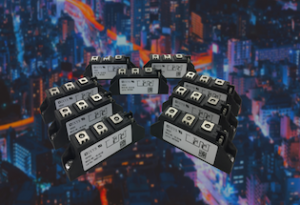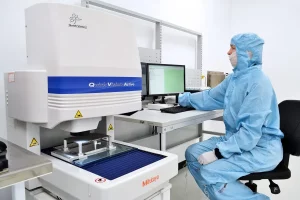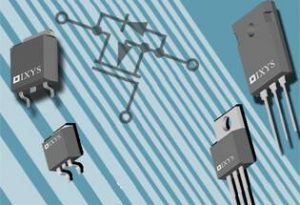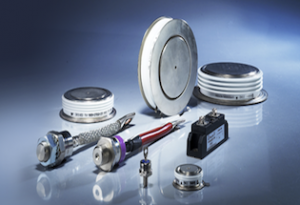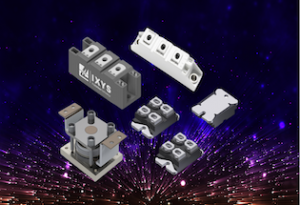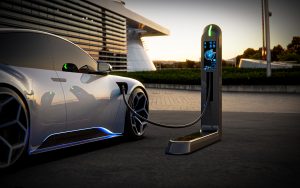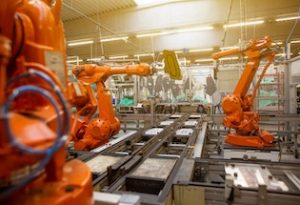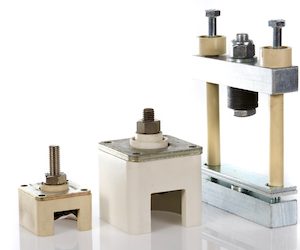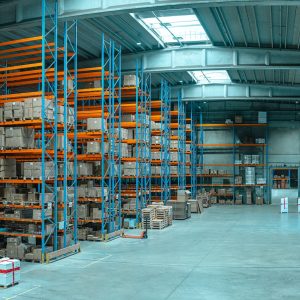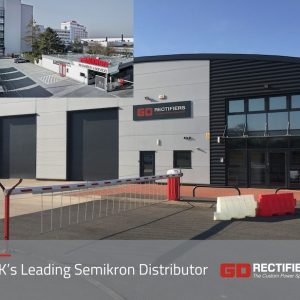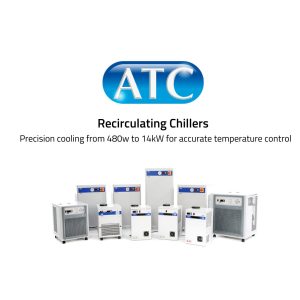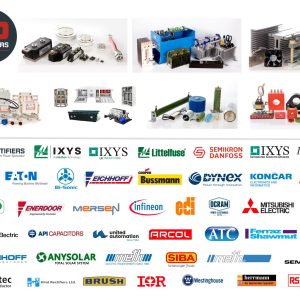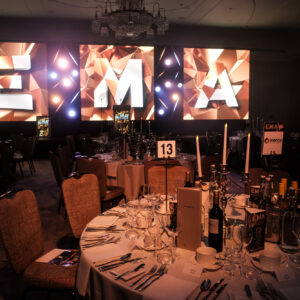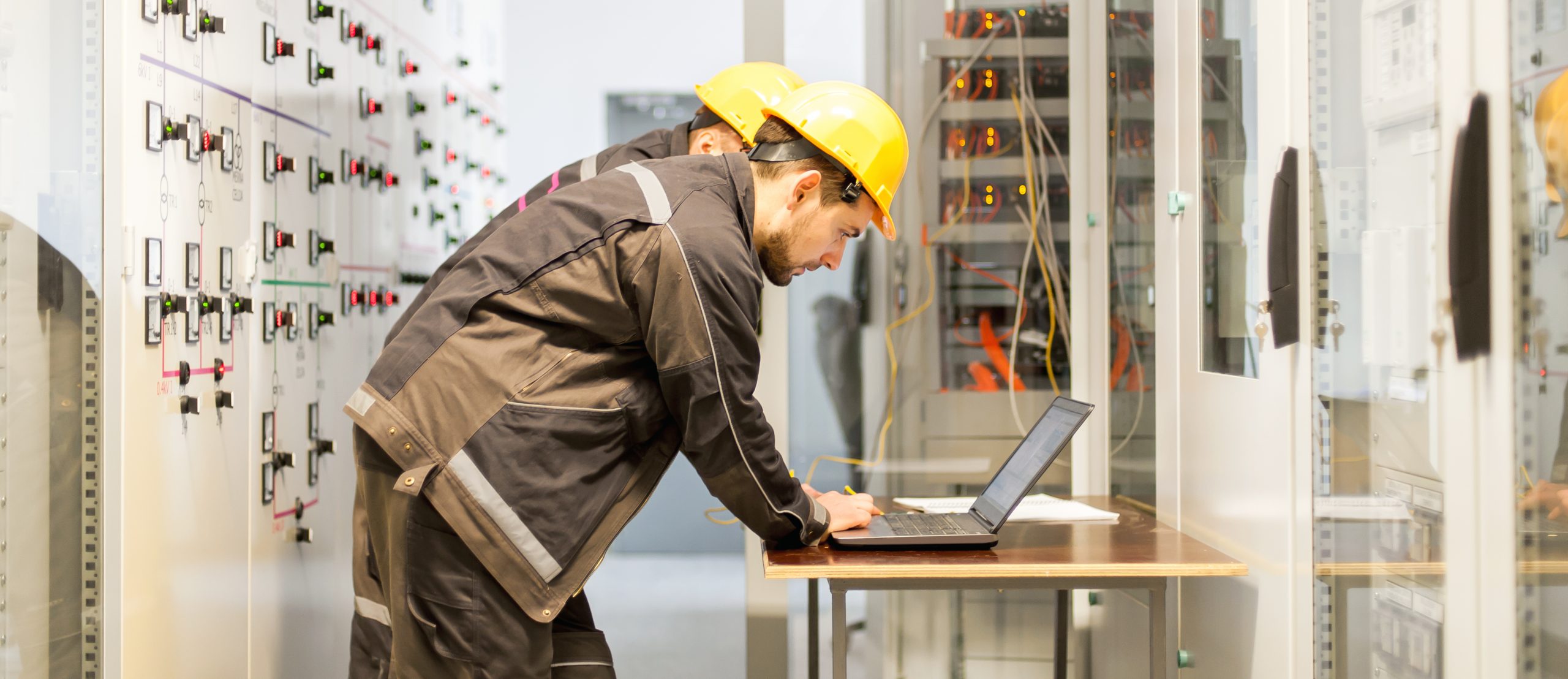19.07.2017
July 2017 – Reasons to Use Aluminium Heatsinks for LED Lighting
Published on: 19/07/2017
Discover how it works and the benefits of using aluminium heatsinks for LED lighting

LED lighting is a reliable, energy efficient and cost effective alternative to the conventional incandescent lights considered the preferable lighting choice until recently. LED Lights can last up to 100,000 hours (over 11 years) compared to a very small life of an incandescent bulb. They are much more energy efficient as their consumption of electricity is lesser than the incandescent bulbs.
Aluminium Heatsinks are an important cooling solution for most of today’s electronics. Heatsinks are becoming an increasingly popular thermal management solution for LED lighting because too much heat can damage LED phosphor which would result in lower light output, a change in colour and a significant decrease to its life expectancy.
The most common problem that we see in LED lighting applications stem from too small of a heatsink or sometimes none at all. GD Rectifiers works with LED Lighting manufacturers to offer a wide variety of LED Heatsinks which include black anodised extruded aluminium heatsinks, clear anodised extruded aluminium heatsinks and forced air cooled aluminium heatsinks.
How Does It Work?
Aluminium Heatsinks used with LEDs are designed to absorb and disperse heat away from the LED light and in to the heatsink. Either passive or active air then circulates around the heat sink to help cool it.
Heatsinks absorb heat from the LED light and dissipates it outside, there are a several factors that affect the performance of the heatsink.
Factors Affecting Aluminium Heatsinks Performance for LED Lighting
1) Heatsink Size – the surface area of the heatsink needs to be large, a higher surface area can be achieved by increasing the number of fins in the heatsink or by increasing the overall size of the heatsink too
2) Surface of the Heatsink – if a Heatsink is anodised, the dissipation of the heat is improved. The Heatsink effect is even more prominent when the transfer of heat is done by radiation of heat to the outside
3) Orientation – the orientation of the light source on the LED Heatsink has an effect on the overall Heatsink
4) Material – Copper, stainless steel and aluminium are all popular heatsink materials. Aluminium has a decent heat conduction capacity (which is better than stainless steel but less than Copper) and is the most cost effective material used for Heatsinks. Aluminium is the most commonly used material for LED Heatsinks because it is a good conductor, it is the preferred material and is used in most luminaries in the industry.
GD Rectifiers is one of the UK’s leading extruded heatsink manufacturers, they supply a wide range of LED Heatsinks suitable for LED lighting applications.
GD Rectifiers works closely with their customers on the design and build of customised solutions, providing initial prototypes, pre-production samples and a full production run for most power LED lighting cooling requirements.
For further information on LED Heatsinks click here or call: 01444 243 452 or email: enquiries@gdrectifiers.co.uk.
